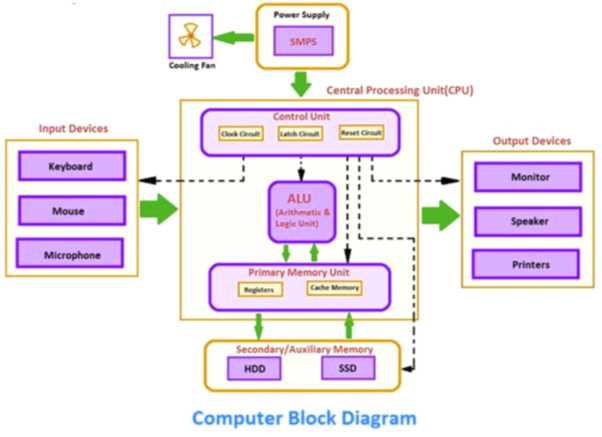
Computer architecture refers to the organization and design of a computer system, including its hardware components and the way in which they interact with each other. The main components of a computer system include the central processing unit (CPU), memory, input/output (I/O) devices, and storage devices.
- Pipelining: Pipelining is a technique used in modern CPUs to execute multiple instructions simultaneously by breaking them down into smaller stages and executing them in parallel. This technique can significantly improve the overall performance of the CPU.
- Caches: Caches are small, high-speed memory units that are used to store frequently accessed data and instructions. By keeping frequently used data close to the CPU, caches can help reduce memory access times and improve overall system performance.
- Virtual Memory: Virtual memory is a technique that allows a computer to use more memory than it actually has by temporarily transferring data from RAM to disk storage. This technique can help improve the performance of the system by allowing it to run more programs simultaneously.
- Instruction Set Architecture (ISA): ISA is a set of instructions that a CPU can understand and execute. Different CPUs may have different ISAs, and the choice of ISA can have a significant impact on the performance and capabilities of the system.
- Parallel Computing: Parallel computing is the use of multiple processing units (such as CPUs or GPUs) to perform computations simultaneously. This technique can be used to solve complex problems more quickly than a single processor could.
These are just a few examples of advanced topics in computer architecture. There are many other areas to explore, including memory hierarchy, computer networks, and more.